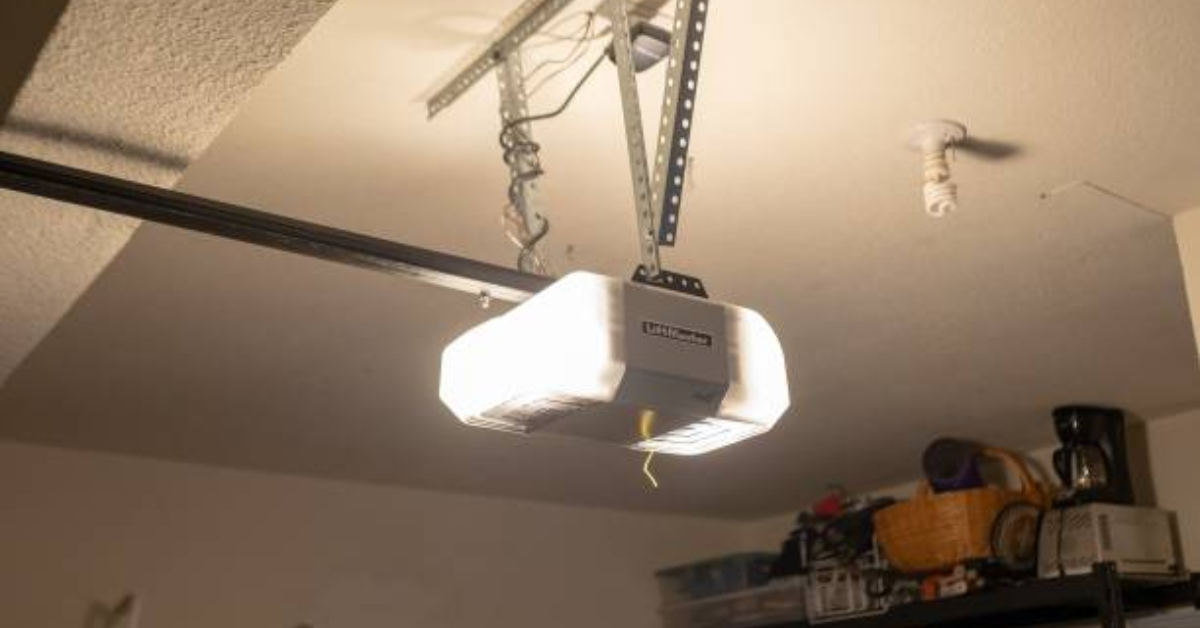Are Chamberlain And Liftmaster The Same?
When shopping for a garage door opener or looking for support with an existing unit, you may encounter the names Chamberlain and LiftMaster. These two brands are among the most recognized in the industry, leading many homeowners to wonder whether they are the same or distinct entities. Understanding the relationship between Chamberlain and LiftMaster can help you make an informed decision when purchasing a garage door opener or seeking compatible accessories. This article explores the similarities, differences, and features of Chamberlain and LiftMaster garage door openers, giving you a clear understanding of how these brands relate to one another.
The Connection Between Chamberlain and LiftMaster
To put it simply, Chamberlain and LiftMaster are both brands under the Chamberlain Group (CGI), a leading manufacturer of garage door openers and access solutions. CGI also owns other brands such as MyQ, Craftsman (for Sears), and Merlin. Despite being part of the same parent company, Chamberlain and LiftMaster are marketed to different customer segments and have distinct features that set them apart.
Key Similarities Between Chamberlain and LiftMaster
Since both brands are manufactured by the same company, they share several core features, including:
1. Technology
Both Chamberlain and LiftMaster openers incorporate advanced technologies like:
- MyQ Smart Technology: Allows users to control and monitor their garage door through a smartphone app. This feature enhances convenience and security by enabling remote access.
- Battery Backup Systems: Ensures that the garage door opener functions during power outages.
- Safety Sensors: Both brands include sensors to prevent accidents by detecting obstructions in the door's path.
2. Quality and Durability
Products from both brands are built with high-quality materials and are designed for long-lasting performance. They are known for their reliability and minimal maintenance requirements.
3. Compatibility
Since they come from the same parent company, many parts, remotes, and accessories for Chamberlain and LiftMaster garage door openers are interchangeable.
How Chamberlain and LiftMaster Differ
While there are many similarities, Chamberlain and LiftMaster differ in their target audience, features, and installation processes.
1. Target Audience
- LiftMaster: Primarily marketed to professional installers and is designed for commercial or heavy-duty residential use. Its products are often considered more robust and are commonly found in larger homes or businesses.
- Chamberlain: Targeted toward DIY enthusiasts and homeowners who prefer to install their garage door openers themselves. Chamberlain models are more consumer-friendly, with detailed manuals and support for easy installation.
2. Installation Method
- LiftMaster: These models are typically hardwired into the home’s electrical system, making them more complex to install. They are intended for professional installation, ensuring a polished and secure setup.
- Chamberlain: These openers are designed for easier installation, often plugging into standard power outlets. This feature makes them ideal for DIY projects.
3. Features and Design
- LiftMaster: Known for its robust construction and additional safety features. Many LiftMaster models include industrial-grade components and wall-mounted designs for space-saving convenience.
- Chamberlain: While still durable, Chamberlain openers are generally lighter in construction and feature designs that cater to the average homeowner's needs. They are slightly more budget-friendly compared to LiftMaster models.
4. Pricing
- LiftMaster: LiftMaster products are often more expensive due to their heavy-duty design, professional installation requirements, and additional features tailored for advanced use cases.
- Chamberlain: Chamberlain products are priced more competitively, making them an attractive choice for budget-conscious homeowners seeking reliable performance.
Which One Should You Choose?
The decision between Chamberlain and LiftMaster ultimately depends on your needs and preferences:
- Choose LiftMaster if:
- You require a heavy-duty or commercial-grade opener.
- Professional installation is your preference.
- You want advanced safety and durability features.
- Choose Chamberlain if:
- You’re a DIY enthusiast looking to install the opener yourself.
- Budget is a priority.
- You want a reliable garage door opener for standard residential use.
Are the Accessories Interchangeable?
Yes, many accessories are interchangeable between the two brands due to their shared parent company. For example, remotes, keypads, and MyQ-compatible devices often work seamlessly with both Chamberlain and LiftMaster openers. However, always double-check compatibility to ensure proper functionality.
Conclusion
Chamberlain and LiftMaster may share the same manufacturer, but they serve different markets and offer unique benefits. LiftMaster caters to those needing professional-grade, durable solutions, while Chamberlain appeals to DIY homeowners seeking affordability and ease of use.
Both brands excel in quality, technology, and performance, making them top choices in the garage door opener market. By understanding the distinctions between the two, you can confidently choose the model that best suits your lifestyle, needs, and budget. Whether you opt for Chamberlain or LiftMaster, you’ll be investing in a reliable and innovative product backed by years of industry expertise.




